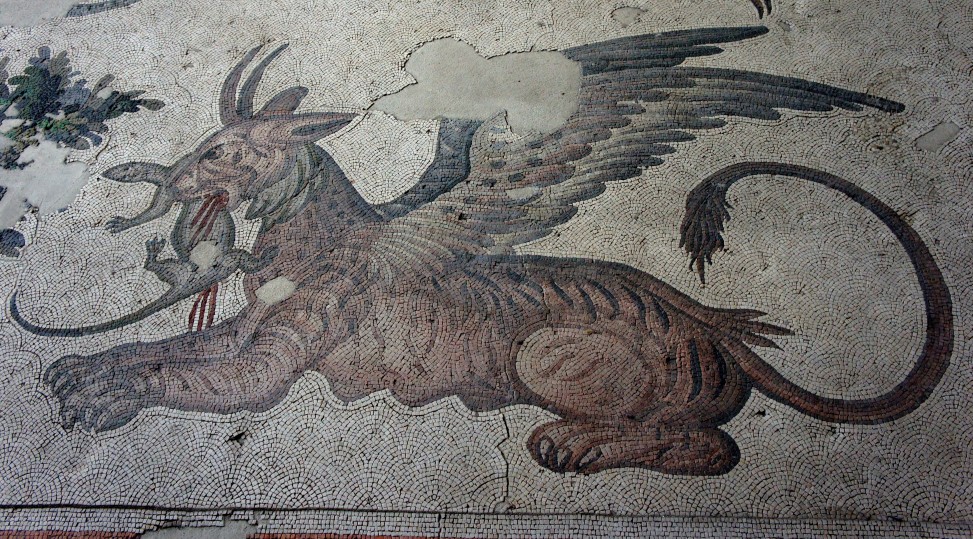This work is a Roman mosaic which is made up of small cubes of glass, coloured lime, or terracotta. This piece was originally created in the 6th century on a wall in the courtyard of the palace of Justinian. It is made up of roughly 40,000 cubed pieces per square meter, and the entire mosaic in the courtyard is approximately 2,000 square meters. Emperor Justinian was the head of the church and he is depicted in mosaics next to the altar. However, the mosaics in the courtyard do not suggest any connection to Justinian’s religious role at all. Most of the scenes depicted there are of wildlife, hunting, and domestic life. This piece now resides at the Great Palace of Mosaic Museum in Istanbul, Turkey. Excavation of the palace was started in 1921 by french archaeologists and in the mid 19th century a team of British archaeologists discovered the many wall and floor mosaics.
